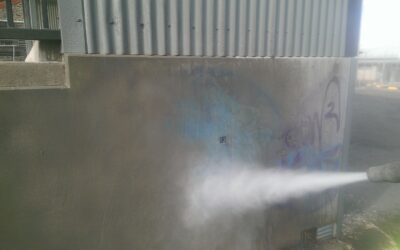8 easy steps for paint surface preparation – interior painting
Paint surface preparation. The secret to accomplishing an expert paint job, is preparation! Without the correct interior paint preparation, you have little chance of the finished product looking as good as it could.
Taubmans suggest that you adequately prepare your interior walls for painting. Therefore, these eight easy steps will guide you to the professional quality paint job you are looking for.
1. Furniture
Move all furniture out of the way into the centre of the room or another room entirely. Giving yourself plenty of space to move around. However, if you skip this step you risk breaking the furniture or worse, leaving an outline of draws on the wall when you redecorate. Cover the furniture with plastic protective sheets.
2. Outlets
You will be able to see all the outlet covers now the furniture has been removed from the walls. Gently take off any light switch, outlet and return covers. If you paint around the covers, it can lead to tearing off the paint, leaving an unprofessional look.
3. Floor
Canvas drop cloths are the best protection. They stay put when spread out unlike plastic which you have to tape in place. If you are painting a wall, give cover at least sixty centimetres away. If you are painting a ceiling, cover the whole floor. Drips won’t drench through the canvas but heavy spills will. Pick up the canvas and scoop up excess paint with a putty knife.
4. Ladder
Most interior paint tasks will simply need a stepladder. However, if you are needing to paint a stairwell or vaulted ceiling, you may need to set up scaffolding. Always remember what side your wet edge is when painting and set up your scaffolding before you need it.
5. Patching
After you cover your floors, patch your walls and trim. After that, make sure all holes and dents are plugged up. Then finely sand any compound back to a smooth surface. Above all, patching will help your walls and trim look like a professional paint job.
6. Cleaning
Remove any dust or dirt from the surface you wish to paint. If you don’t thoroughly clean the surface, the paint will not adhere correctly and likely peel off. In addition, removing dry debris with a damp cloth and grease will need to be removed with dish soap and water.
7. Tape
The line between the trim and wall is difficult to master. Even professional painters rely on tape. Tape guards the trim as well as forming a very smooth line between the wall and trim. Above all, take the time to apply it correctly during preparation and you will see a dramatic finish to your paint job.
8. Sample
Always double check the paint. Open the can and make sure you mix the paint thoroughly. Then apply a small amount to a swatch or hidden wall area. You are simply checking that the paint colour you ordered is the one you received. Stand back and look at the colour you chose on the small wall sample. In conclusion, this is your last chance to change your mind before painting the entire room!
If you are searching for a trusted painter in Melbourne that know paint surface preparation, then give us a call on (03) 8804 5840 to arrange an onsite inspection. Alternatively, complete the contact form and we’ll get back to you shortly.



